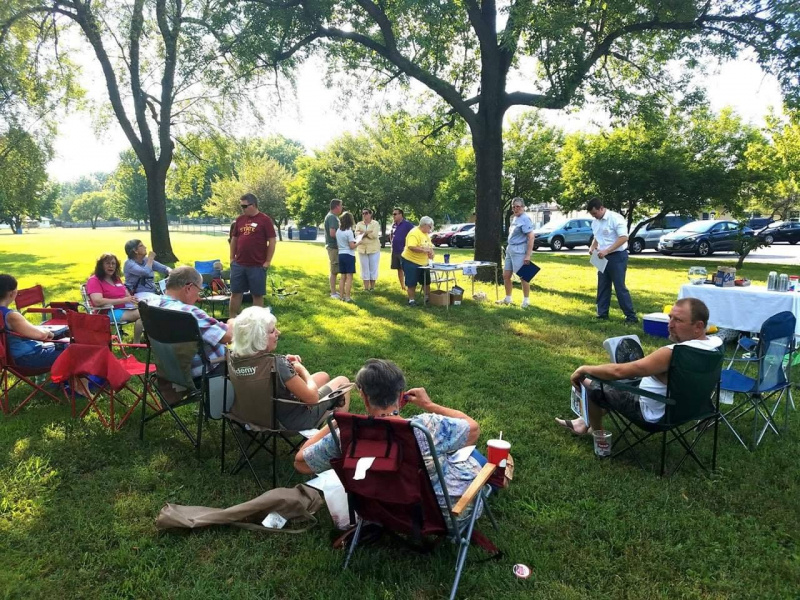
Becky Volz
Over the years as a neighborhood association leader, I’ve had a number of phone calls from real estate agents and title companies asking if a property in question owed any fees or dues to the homeowners association. I was always happy to report that our neighborhood association does not have covenants, fees or benefits the homeowner had to pay for. It was an answer the agent was always happy to hear. So, what is the difference between the two associations? Why would an agent be asking that question?
Some of our neighbors hesitate to join our NA for fear of control and/or rules, or simply because they don’t know what an NA is all about. It’s important to clarify what an NA is, and that it can vary depending on the focus, activities and amenities of each neighborhood.
I came across an article on the website for the City of Vancouver, Washington spelling out the difference between a NA and an HOA. Vancouver did a great job of breaking this down and I would like to share it with you.
Because of their similarity in names, some might confuse a neighborhood association and a homeowner’s association. However, the two entities are quite different.
A homeowner’s association is formed by a developer and pertains to a specific subdivision or project. The association provides the framework for the future maintenance of the development’s common grounds and amenities, for instance a pool; clubhouse or common area landscaping. All homeowners are compelled to follow the codes, covenants and restrictions (CC&Rs) governing the development and pay association dues.
A neighborhood association is a section of a city with a common identity. Neighborhood associations offer a place to meet friends, exchange information, create projects and priorities, propose solutions, and have fun.
A neighborhood association is formed based on the needs and desires of its residents. The association gives residents a forum to discuss common concerns and to brainstorm possible solutions. Some potential outcomes may be: improved street lighting, bike paths, sidewalks, traffic calming devices, parks and open spaces, zoning and land-use planning, park amenities, beautification projects and neighborhood cleanups. Many neighborhood associations have summer picnics, holiday parties and other special events in order to have fun as well as to keep the lines of communication open with neighbors.
Organized neighborhood associations give citizens a voice and an advocate. Neighborhood associations greatly improve the two-way communication between the City and its residents.
Organizing also opens the door to increased communications with city government. Neighborhood association leaders serve as liaisons between City staff, City Council and other neighborhood associations. This increased communication can be a resource for upcoming meetings or other community opportunities.


